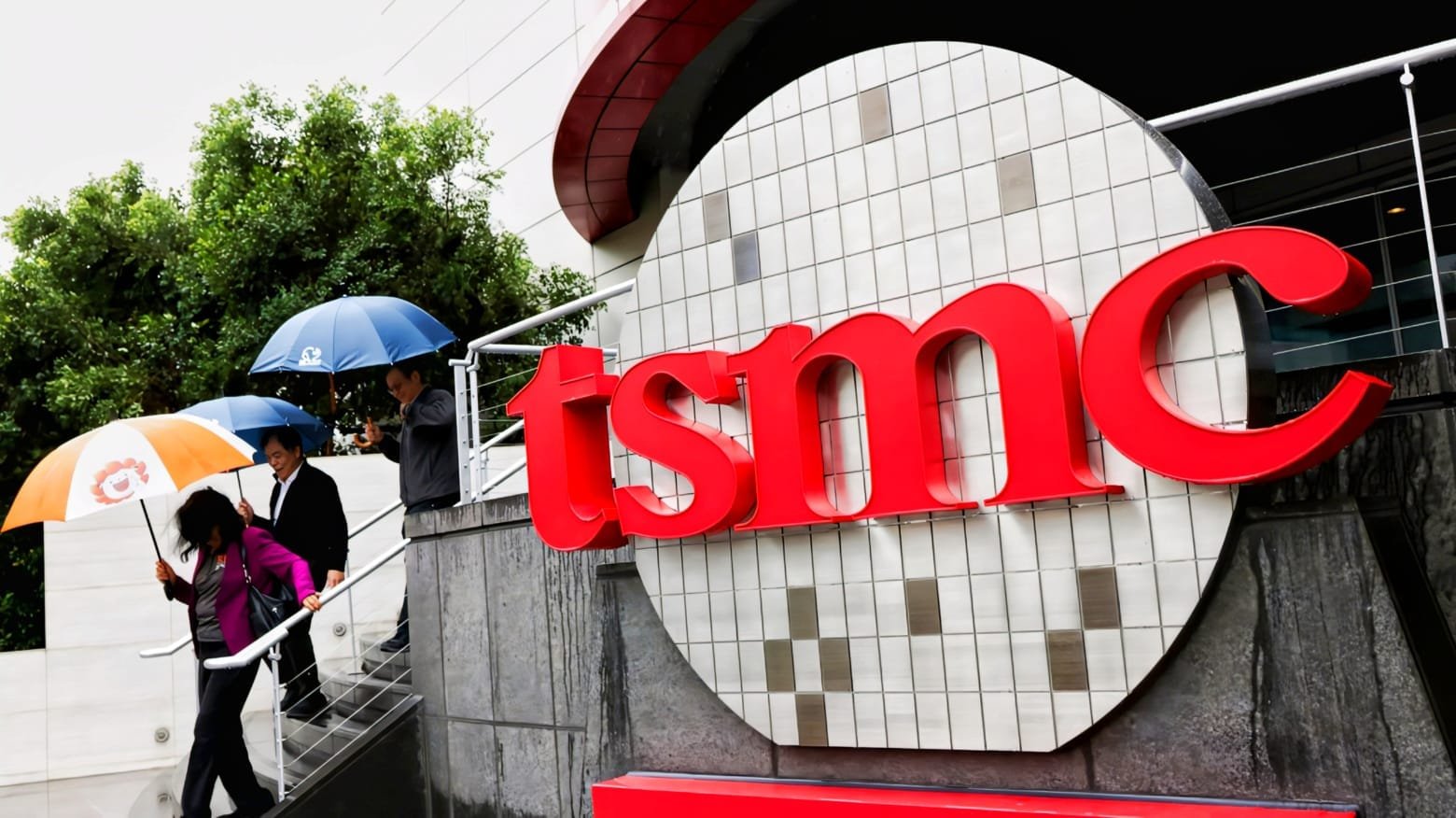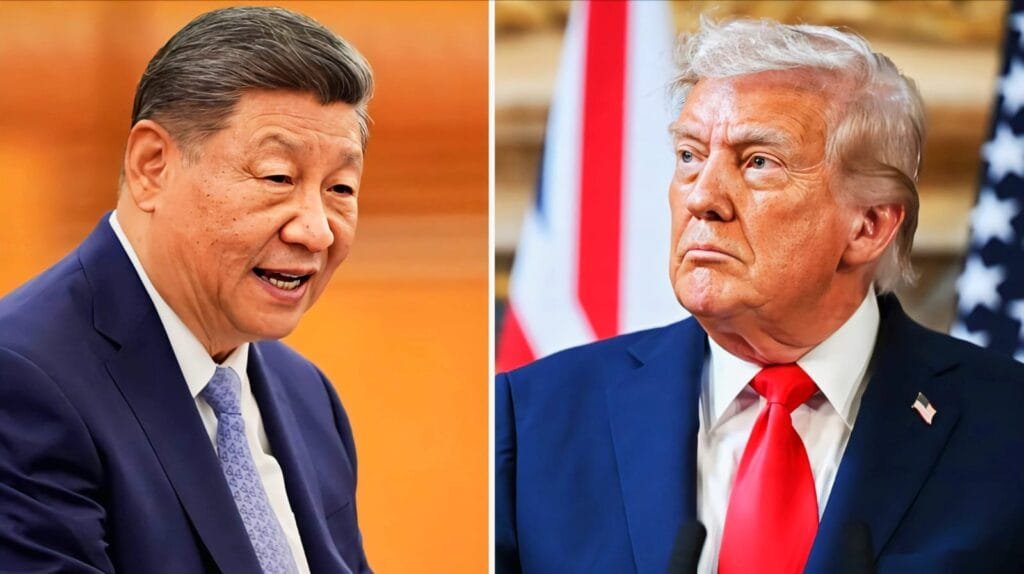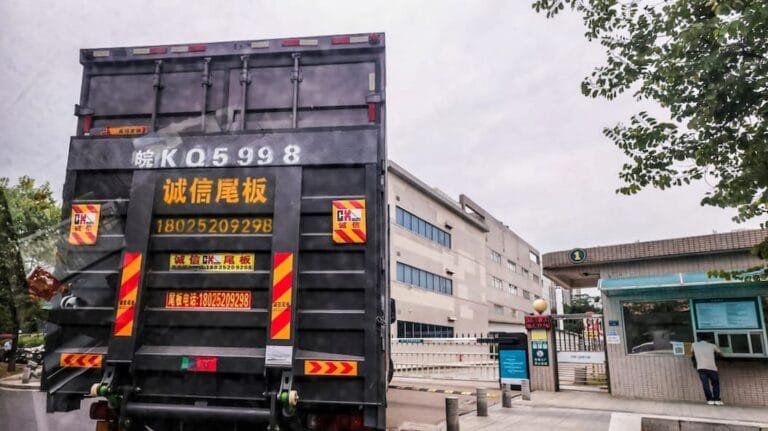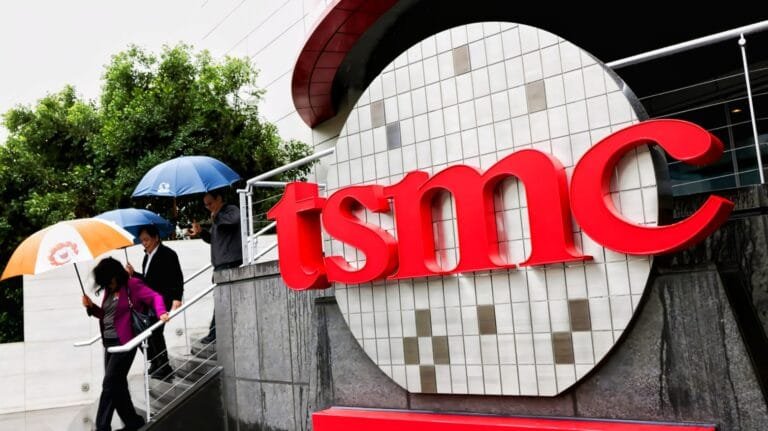
US chip tariffs are reshaping semiconductor production and trade across Asia.
The global semiconductor market is undergoing significant changes, and US chip tariffs. US President Donald Trump is planning to impose tariffs on chips. South Korean Trade Minister Ye Han-koo has stated that there is scope for cooperation with Taiwan and that the two countries can work together to address US tariffs. However, this statement came on November 24, 2025. South Korea has reached a deal with the US, and Taiwan is currently in negotiations. This news is significant for the semiconductor industry. Demand for AI is growing, leading to increased exports.
We will discuss this topic in detail. Global chip production is primarily concentrated in Asia. South Korea and Taiwan are major players. The US wants to increase its production capacity, and tariffs are part of this. Trump has also talked about imposing 100% tariffs. But this may now be postponed. The reasons are to avoid a trade war with China and prevent price increases. Despite this, South Korea’s exports increased by 51.2% in October, reaching $1.2 billion, driven by AI chips. Taiwan is also planning significant investments.
Background of the US Chip Tariffs
Trump announced a 100% tariff on chips in August 2025. He wants to bring production to the US. Foreign chips will become more expensive. American companies will choose domestic production. However, companies that build factories in the US will receive exemptions. Trump’s goal is to bring back jobs. He is also reducing production from China and conducting investigations under Section 232, citing national security concerns. This is happening under Section 232.
These include pharmaceuticals and semiconductors, which pose a threat to foreign dependence. Tariffs have increased in Trump 2.0. There is a 10% baseline tariff on China and 20% on Taiwan. In April, Trump threatened 32%, but now it is 20%, and the tariffs will increase prices. Smartphones and refrigerators will become more expensive. Holiday shopping will be affected. Trump withdrew tariffs on 200 food products to control inflation. But he says his tariffs do not increase inflation. The Federal Reserve’s target is higher, as is the trade truce with China. Trump and Xi Jinping met at the APEC summit in October. Trade issues are set aside. China wants cooperation. They say the two countries should work together to maintain a stable supply chain and ensure the flow of rare earth minerals.

Trump Administration Policy
Trump emphasizes economic nationalism. He wants to bring semiconductor production to the US, though costs are 30% higher. But subsidies will help. Funding from the CHIPS Act is helping TSMC and Samsung invest in the US. Trump says the tariffs will attract investment. However, experts say supply chains will be disrupted, and officials say the tariffs may be postponed. No final decision has been made. The White House calls it fake news. They say they will use every lever for national security. However, there is talk of delaying the move to avoid a war with China. Trump launched an investigation in April 2025 to prevent prices from rising. Foreign production poses a threat, leading to job losses. China is the primary target, but Taiwan and South Korea are also affected. They are major producers, and the US is dependent.
South Korea Deal
South Korea signed a deal in November 2025. They will make major investments in the US, in exchange for reduced tariffs. The investment is $350 billion in strategic sectors, including semiconductors. The deal includes a clause that South Korea will receive the same treatment as Taiwan in future deals where trade volumes are similar. Officials say this applies to Taiwan, as well as Samsung and SK Hynix, which are building factories in the US. Demand for AI chips has driven exports, with a 51.2% increase in October, totaling $1.2 billion. South Korea is happy to receive the best treatment. While cooperation with Taiwan would be beneficial, officials did not confirm discussions with Taiwan. However, there is scope. Both countries are competitors, but they can work together.
Taiwan’s Situation of US chip tariffs
The Taiwan deal has not been finalized. They are in talks despite that Financial Times said $400 billion investment. Between 350 from South Korea and 550 from Japan. But MOEA said no deal. Vice Prime Minister Cheng Li-chiun is leading the negotiations then talks are going on through video and documents also TSMC is investing 65 billion in US. Three fabs in Arizona. Production from Q4 2024. Additional 100 billion for fabs, assembly and R&D which is different Taiwan model. Companies plan themselves. Government gives guarantee. Clusters will be formed through G2G cooperation despite that Taiwan wants to reduce 20% tariff. Best nation treatment. In section 232 investigation which is because they want to stay close to US clients. Investments are already planned.
Trade Minister’s Statement on US chip tariffs
Ye Han-koo said, “Taiwan is also in negotiations. Therefore, South Korea and Taiwan can get the best treatment through cooperation, and then they see the scope for cooperation. Both countries are dealing with US policies. This statement came from Seoul, despite the South Korean deal being finalized and Taiwan’s ongoing negotiations with the media. The official did not confirm specific discussions, but the possibility is there. It holds political and economic significance, as well as the potential for cooperation, as both countries are strong in semiconductor technology. TSMC and SAMSUNG are the leader. They are investing in the US. They can lobby cooperatively, but demand better terms and still share supply chains. Working together in R&D is different from the Taiwan model, but the goals are the same: avoiding tariffs. Increasing investment. Distance yourself from China. Trump’s policies are a benefit, but relief is delayed.



